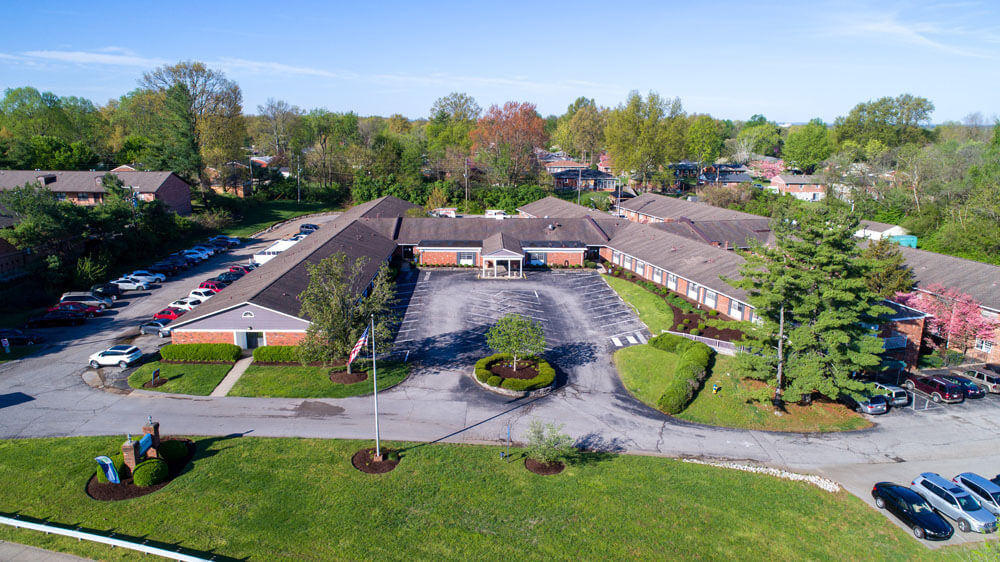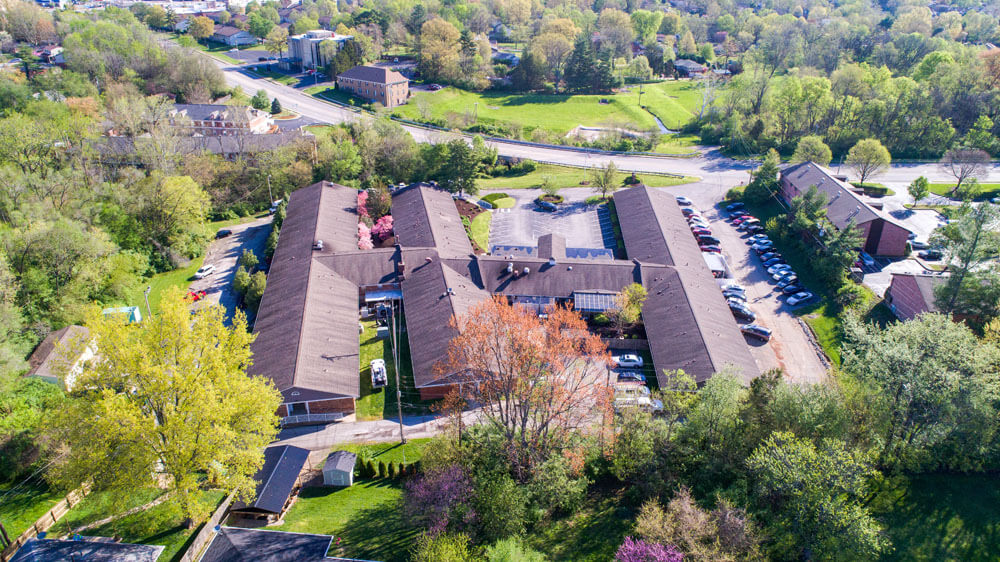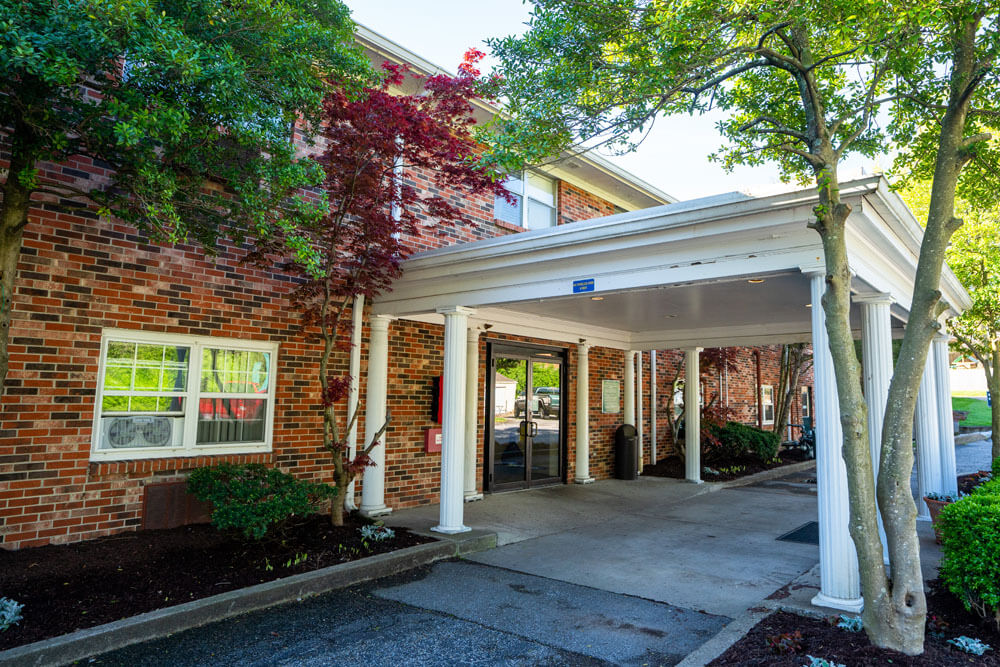
Move More, Sit Less
Exercise and Activity for Senior Adults
As far back as 400 B.C., Hippocrates, who has long been referred to as the “Father of Medicine”, wrote, “If we could give every individual the right amount of nourishment and exercise, not too little and not too much, we would have found the safest way to health.”
As usual, Hippocrates was way before his time. Almost two thousand years would pass before science and medicine understood the links between diet, exercise, and disease that are now common knowledge. Today, it is well known that exercise impacts overall health and well-being. Exercise helps prevent heart disease, reduces arthritis pain, and helps reduce the risk of diabetes. Staying active can reduce stiffness and increase energy, strength, mobility, and independence.
Still, many of us respond negatively to the very mention of the word “exercise”. We may even joke that we’re allergic to exercise. Consider the definition of the word: “to engage in physical activity to sustain or improve health.” Exercise, then, doesn’t have to mean long hours spent at a gym. Staying active and moving is exercise and staying active can often mean staying healthy.
The National Institute on Aging recommends four categories of exercise and activity. This variety of exercises will help you get the most benefit from the time spent and keep your exercise routine from becoming boring.
- Endurance
Endurance exercises benefit the heart and circulatory systems. This includes walking, swimming, cycling, and even dancing. Aerobic exercises such as these burn calories, lower blood pressure and cholesterol, help joints, and are good for your heart. Most exercises can be modified to be low impact, which is easier on joints. In fact, a recent study reported by Prevention Magazine showed that walking improves longevity and is better for the heart than jogging.
- Strengthening
Strength exercises benefit bones by helping to prevent bone loss and osteoporosis. These exercises also increase metabolism and help build muscle. No special equipment or gym membership is necessary to do resistance exercises with an inexpensive resistance band or to do push-ups against a wall. A sturdy chair can be utilized for squats, leg raises, and toe raises to strengthen quad muscles, calf muscles, and hamstring. Maintaining strength is important for senior citizens to be able to carry groceries, lift objects, and perform housework.
- Stretching
Inactivity, age, and injuries cause joints, connective tissue, and muscles to become less elastic. Stretching exercises improve flexibility, tone muscles, and help prevent stiffness in joints and muscles. This is important in older adults for tasks like putting on or tying shoes and lifting a gallon of milk. Simple stretching exercises include calf stretches, toe touches, and side-to-side stretch. A small hand weight or even a can from the pantry can be used for arm curls. Try holding the can or weight at chest level, then extend arms above your head. Do the same motion starting with arms down by your side, then raise to shoulder height.
- Balance
Proper balance is vital to reducing the risk of falls. Exercises to improve balance are easy because special equipment isn’t necessary. Start by standing on one foot for a count of ten, holding on to a counter or dresser if necessary. Another balance exercise is the sit-to-stand, going from a sitting position in a chair to standing without using your hands. Practice being a tightrope walker by walking with one foot placed in front of the other as if you are walking on a tightrope.
The good thing about exercise is that you’re never too old to start. Start slow and build up in repetitions or time spent exercising. Start with five minutes and try to build up to thirty minutes. Remember that being active is a form of exercise, so sit less and move more! Staying active has tremendous physical benefits, but also contributes to good mental and emotional health. Studies have shown that exercising with a friend provides motivation as well as social interaction. Join an exercise group in your community or make an appointment to meet your friends for a walk and get moving today!
Life is like exercise. The harder it is, the stronger you become.
(HasFit.com)
https://www.prevention.com/fitness/how-walking-healthier-running






